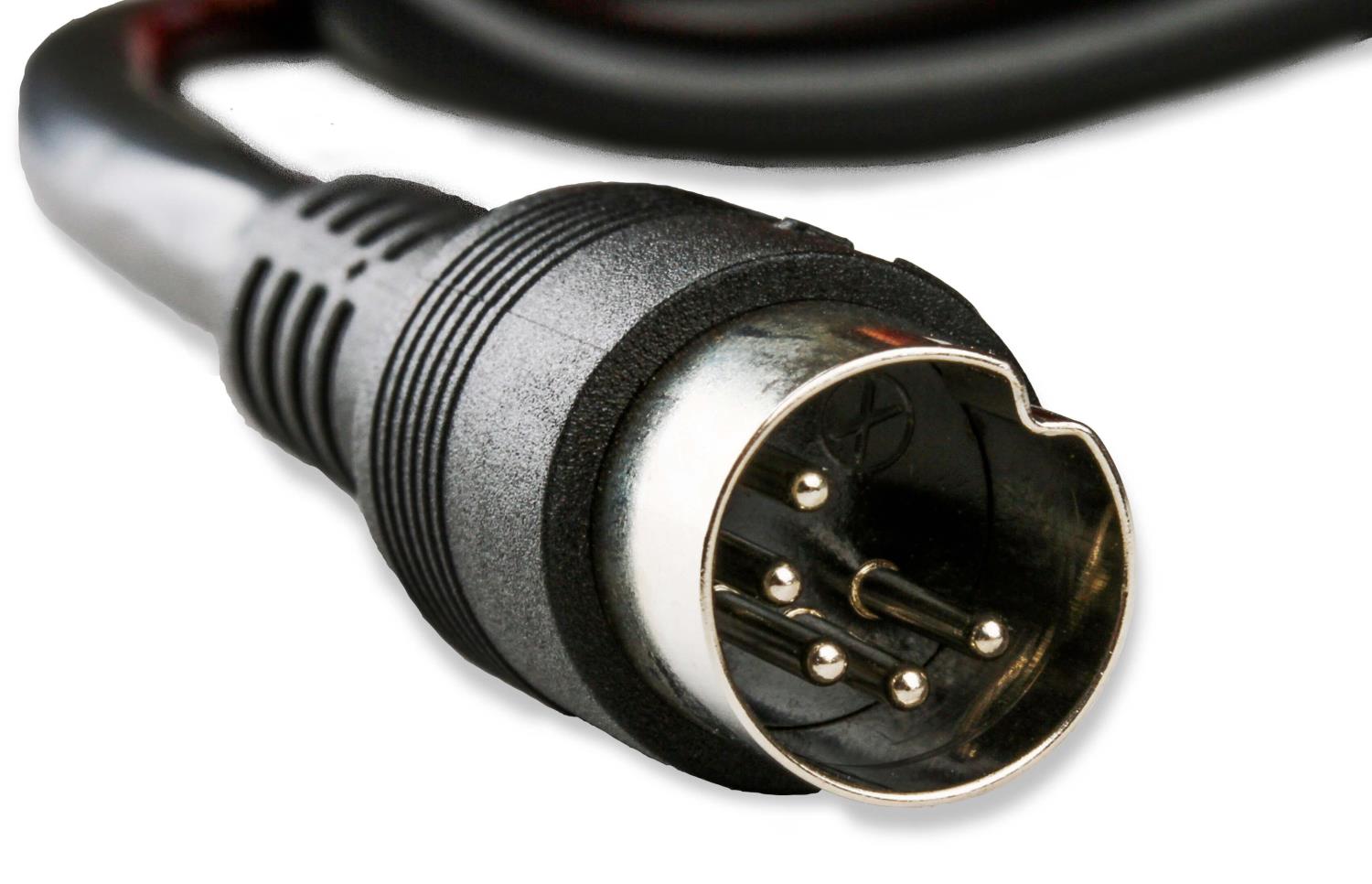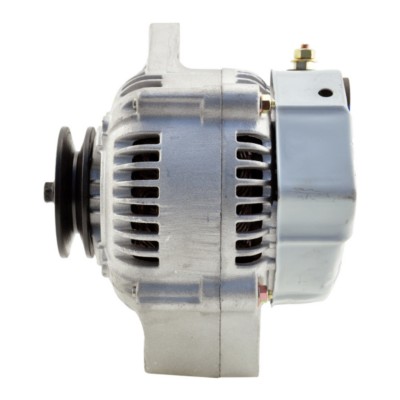mderoy340
Well-Known Member
Any throttle movement should have pump shot. If no shot after 1000 rpm there is your problem.






Rear oil pan seems to be the culprit. Was trying to get an engine run stand built. Sometimes you gotta improvise.
Found some old manifolds in the rafters. Had gaskets laying around from an old engine rebuild kit. Used a orange Mopar ecu with a balast resistor. Pretty sure I had it wired wrong.
In the end I have never ran an engine on the ground before and I definitely put a smile on my face.
Hopefully take the pan off tomorrow. Still undecided if I'm going to change the rear main seal.
I have to wonder if it is:
- A grounding issue
- The MSD is looking for the polarity of the reluctor pulse to be inverted and is presently triggering off of the wrong pulse edge (the slow, falling edge of the pulse)
- Or your timing light is responding to different pulses in each set of sparks. I.e., it triggers off of spark #1 for one cylinder, then triggers off of spark #2 or #3 in the next cylinder's set of sparks. I think MSD has some tech info on timing lights on their site.


